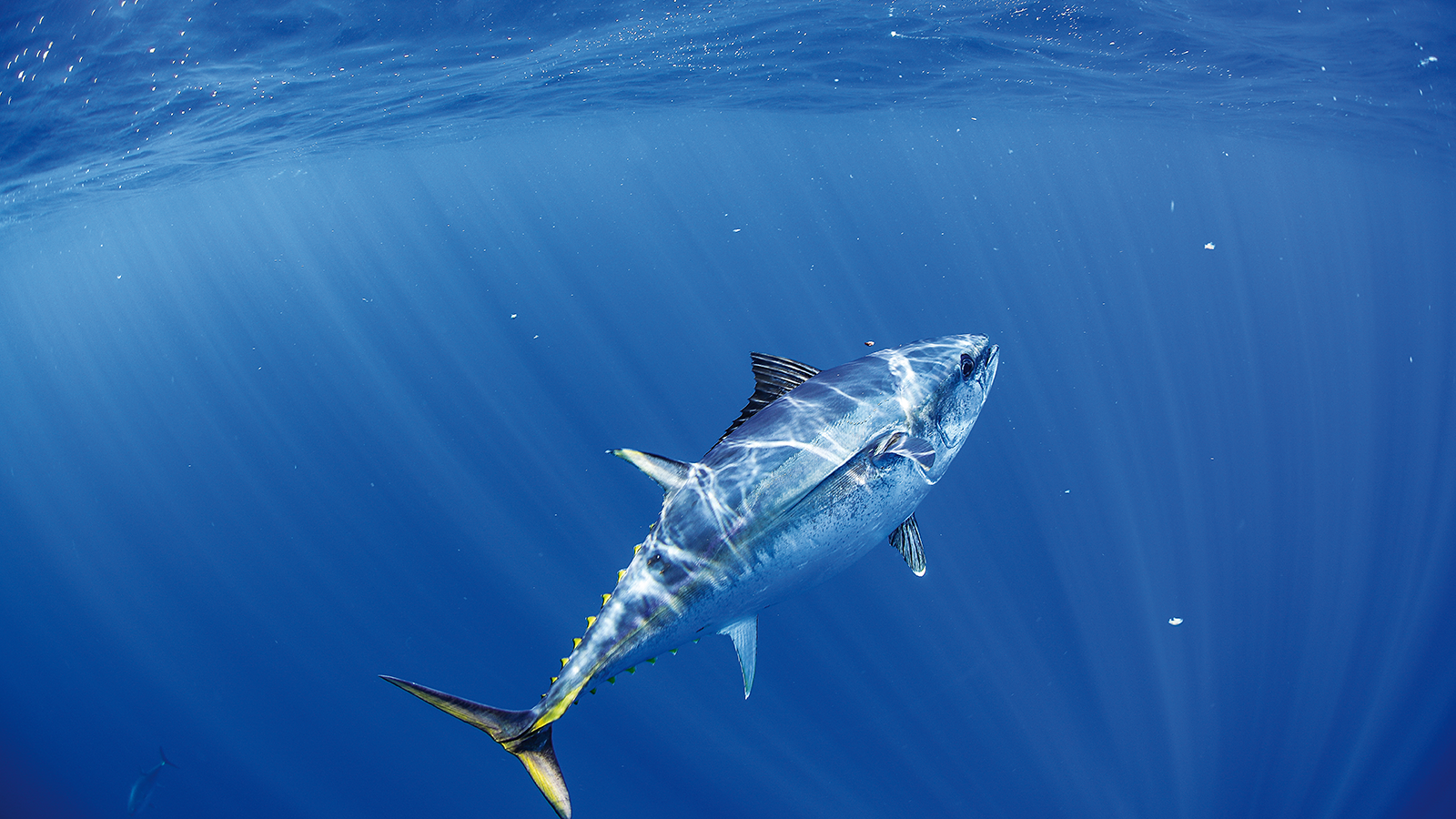Understanding the demographic characteristics, connectivity and stock structure of a fish species is crucial for identifying the appropriate scale and strategy for management.
Black bream is a slow growing and long-lived finfish species with reproduction confined to estuarine habitats. It is distributed in the estuaries and inshore marine waters of southern Australia, from central NSW to central west coast WA, including Tasmania. Throughout its broad distribution, black bream is thought to be composed of a number of isolated spawning stocks, with limited evidence of movements between estuaries.
In SA, black bream supports important commercial fisheries, and is highly sought-after by recreational anglers. Most of the State-wide commercial catch is taken by the Lakes and Coorong Fishery (LCF) in the Coorong estuary, with smaller contributions taken by the Marine Scalefish Fishery. In 2016, the LCF for black bream, which was historically one of Australia’s most productive black bream fisheries, was classified as ‘overfished’. It is unknown whether this status is reflective of the broader population in SA waters, or if current management arrangements for the Coorong population, which are aimed to promote stock recovery, are adequate in terms of the spatial scale that they apply.
There is a need to understand the demography, connectivity and stock structure of black bream populations across southern Australia (SA, VIC and WA). This information will assist in identifying appropriate scales and strategies for management.
‘People development’ is one of several priorities identified in the FRDC’s RD&E Plan 2015-20. The proposed project will be undertaken by a high-performing student as a PhD project. The student will undertake applied research relevant to FRDC stakeholders (scientists, fishery managers, commercial, recreational and indigenous fishers) in SA, and gain industry experience by being co-supervised by scientists from SARDI. The project will increase fisheries science capacity in SA through training of the next generation of researchers.
Final report
focused on south-eastern Australia. Outcomes contributed to better understanding of stock structure of black bream across southern Australia, and research training of a fisheries scientist now employed at SARDI Aquatic Sciences. Background – The SA RAC identified defining stock structure for black bream in southern Australia, and implications for management as one of three post-graduate student projects to address a range of priority fisheries research. The aim was for the student to undertake direct applied research and gain industry experience by being co-supervised by scientists from the South Australian Research and Development Institute (SARDI), while researching an industry relevant project and be registered at a South Australian university in order to undertake their post-graduate studies. The application was there developed according to this call and after consultation with government researchers, industry and representatives from the recreational sector.







